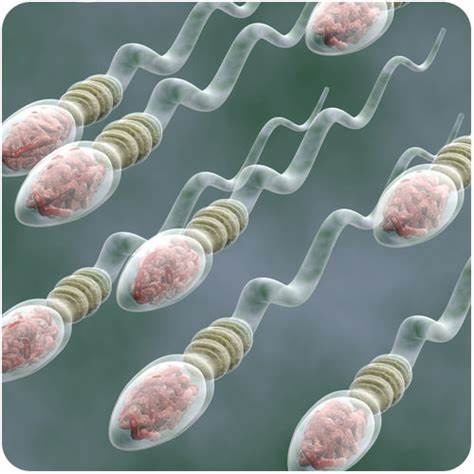
The quest to unravel the mysteries of sperm motility has been a scientific endeavor for centuries. Only recently, with advances in both theoretical and observational techniques, have we begun to truly grasp the complexities of sperm movement and behavior.

The humble spermatozoon, once thought to navigate simply through fluid, is now known to operate within a world where every microscale interaction, be it with the surrounding medium, its own flagellum, or other sperm, plays a critical role in its journey toward fertilization.
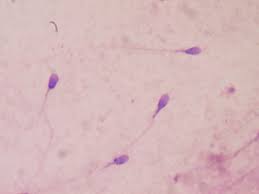
A striking aspect of sperm movement is its reliance on the flagellum—a slender, whip-like structure that propels the cell forward. The flagellum’s intricate beat patterns, influenced by various microenvironmental factors, can now be captured in unprecedented detail thanks to modern computer-assisted beat pattern analysis (CABA).
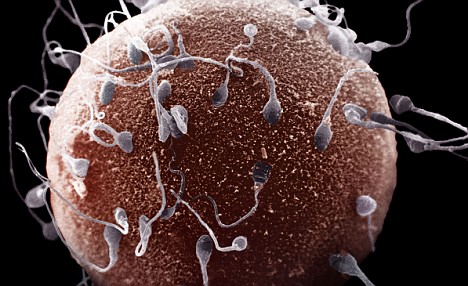
This leap forward in digitizing flagellar movement provides vast amounts of data, allowing scientists to apply statistical methods and hypothesize about the mechanisms at play within populations of these microswimmers.
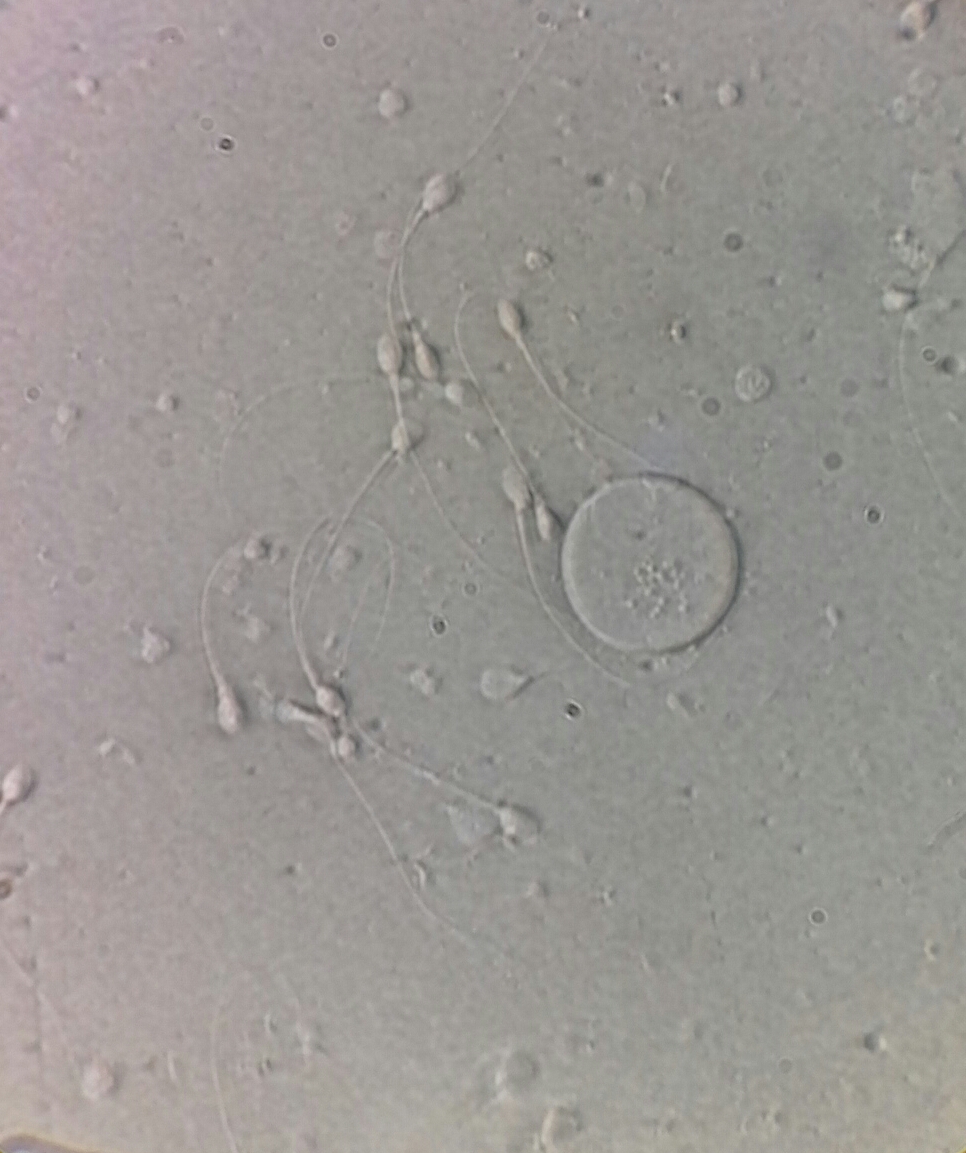
At the core of sperm motility lies a delicate balance between the forces exerted by the flagellum and the resistance of the surrounding fluid. As a sperm cell swims, it encounters a range of fluid viscosities and boundaries that can dramatically alter its behavior.
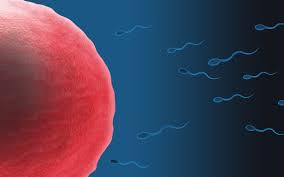
Sophisticated mathematical models, such as elastohydrodynamics, consider both the elasticity of the flagellum and the fluid dynamics to predict sperm behavior.

These models can simulate scenarios ranging from a sperm cell navigating next to a flat surface to a group of sperm swimming together, exhibiting collective behaviors like bundling or vortex formation.
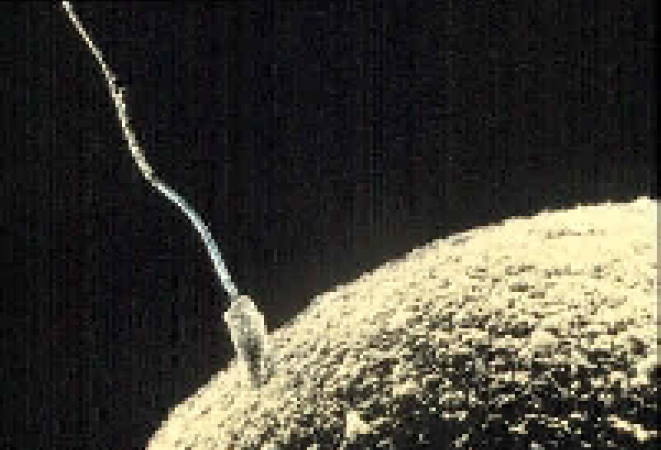
Recent advancements in imaging techniques, like holographic microscopy, now allow for three-dimensional tracking of sperm movement, adding another layer of complexity to our understanding.
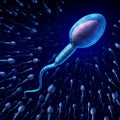
Furthermore, the development of fast elastohydrodynamic simulation methods has opened the door to data-driven investigations, where mathematical models can be calibrated with real-world observations, enhancing the accuracy and relevance of the findings.
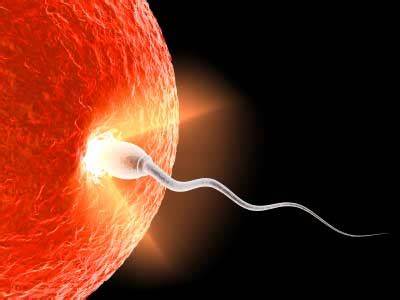
Looking ahead, integrating these theoretical and observational strides holds immense promise. Scientists stand on the brink of not only explaining the current understanding of sperm motility but also predicting how sperm will respond to the myriad of challenges they encounter.
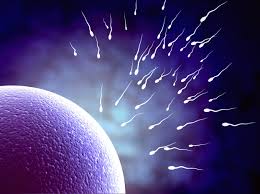
The emerging field of sperm motility research promises to bridge gaps across disciplines, from applied mathematics to systems biology, and continue to reveal the hidden dynamics of these remarkable cells.

The potential applications of this research extend beyond fertility and reproductive health, possibly influencing the development of microscale artificial swimmers and advancing our grasp of microscale fluid mechanics.
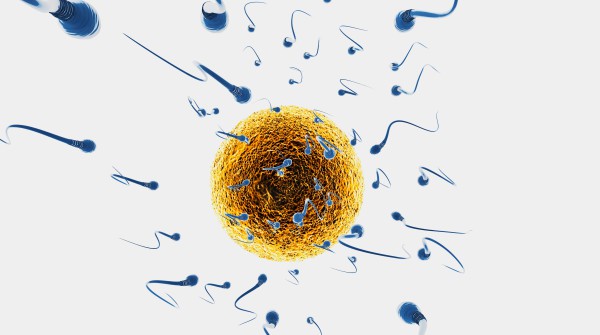
However, challenges remain. Obtaining biologically accurate parameters for flagellar models is a significant hurdle. Key measurements for many material properties of flagella are absent, limiting theoretical studies to estimates rather than precise representations.
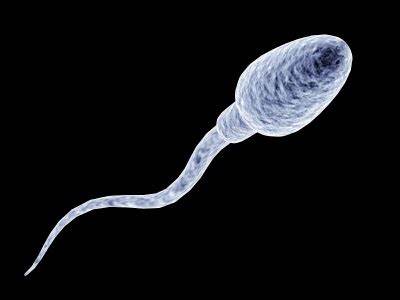
Additionally, accurately reflecting the complex rheology of biological fluids, like the female reproductive tract, is a task that theoretical models have yet to fully conquer.

In summary, the science of sperm motility has made remarkable progress in recent years, but it remains a vibrant area of research with many opportunities for discovery.
Relevant articles:
– Apical Sperm Hook Morphology Is Linked to Sperm Swimming Performance and Sperm Aggregation in Peromyscus Mice, National Institutes of Health (NIH) (.gov)
– Modelling Motility: The Mathematics of Spermatozoa, National Institutes of Health (NIH) (.gov)
